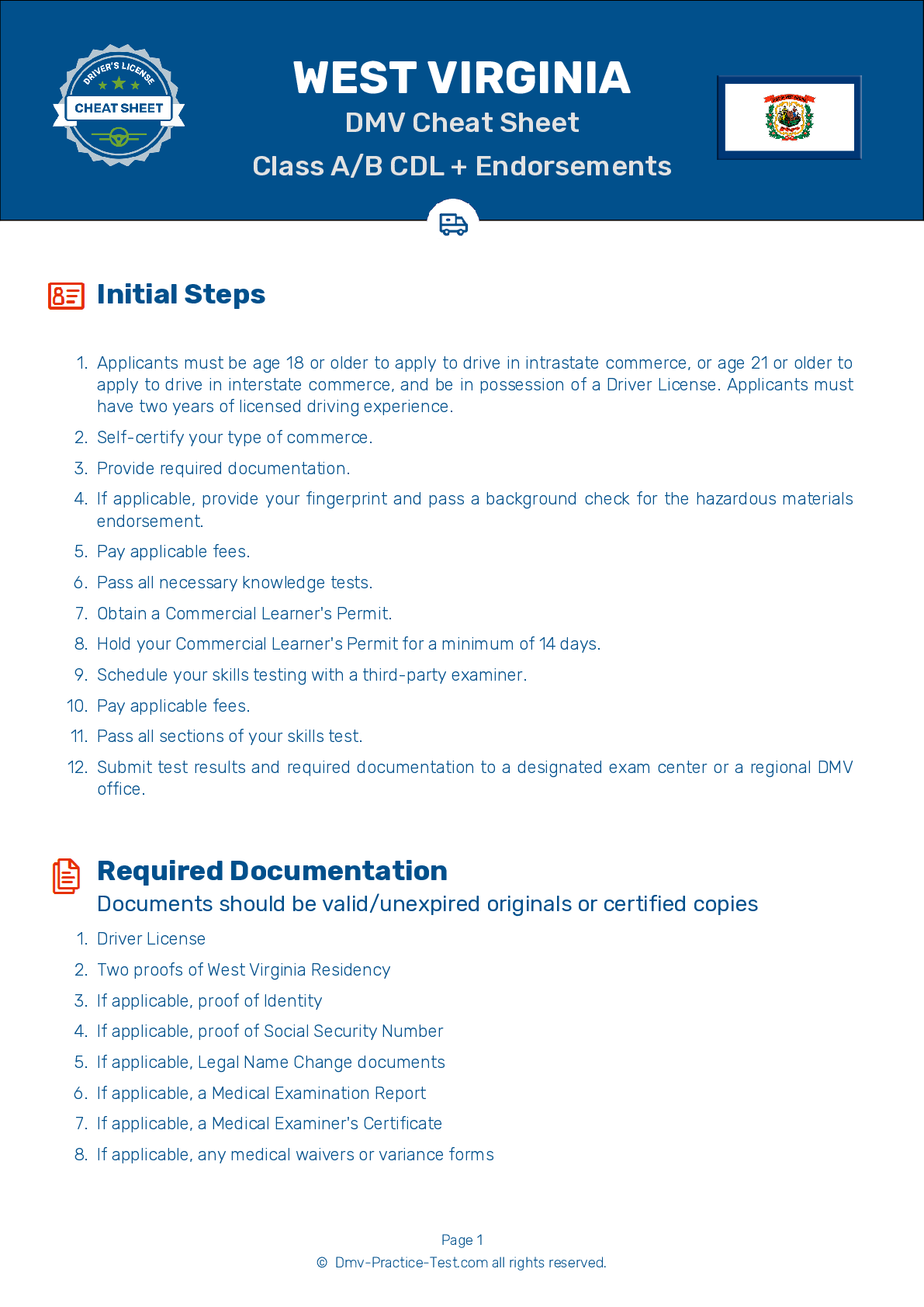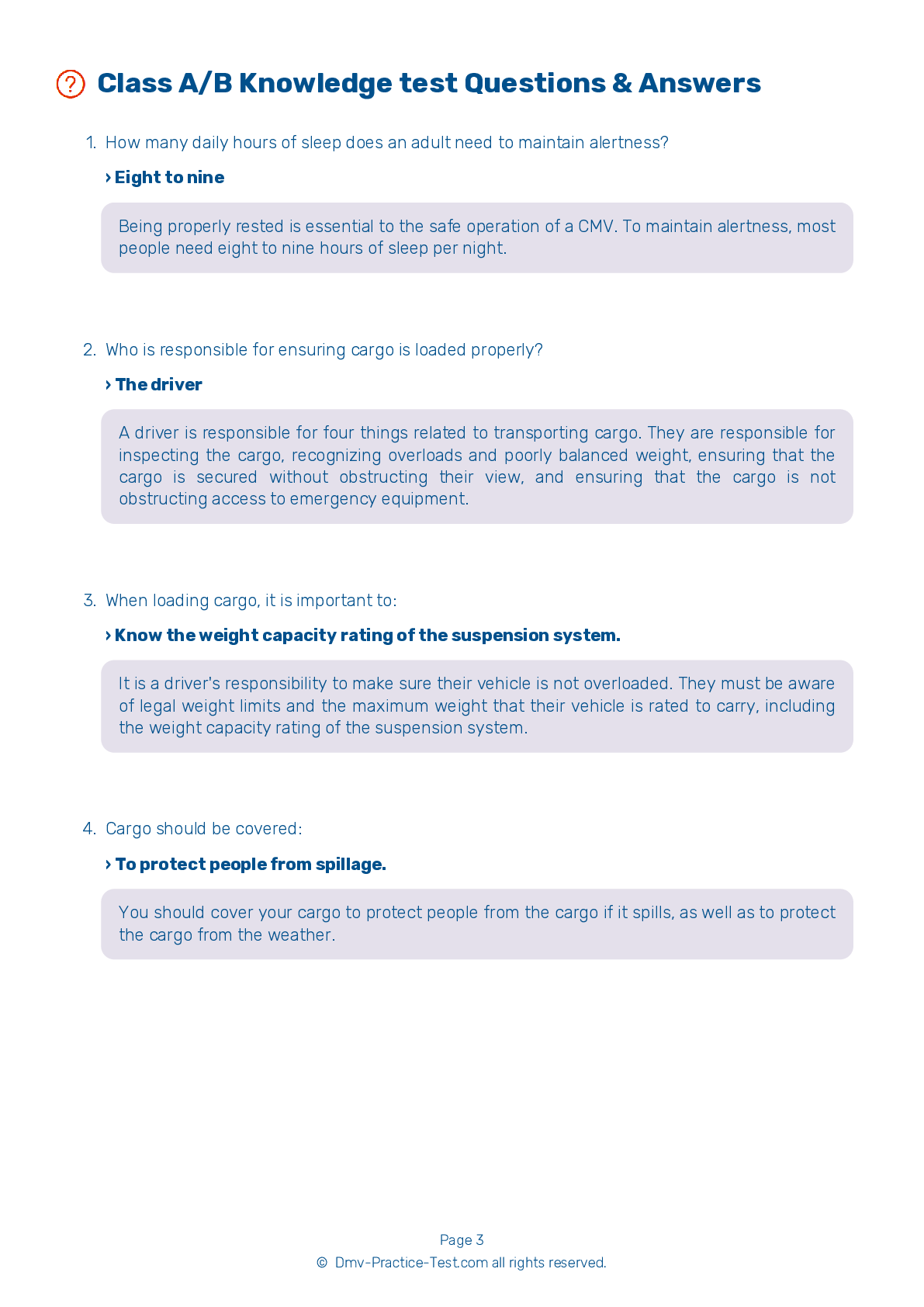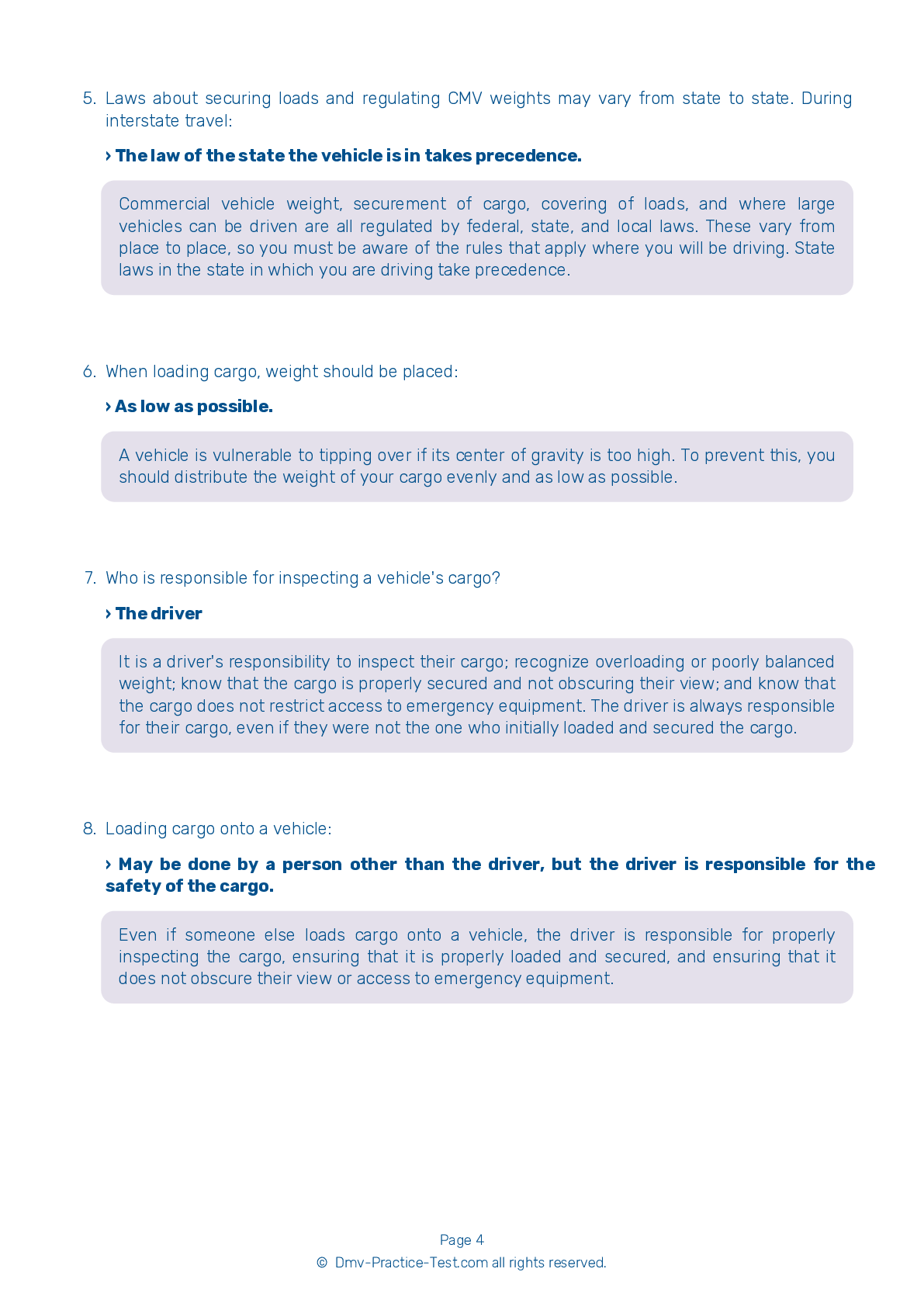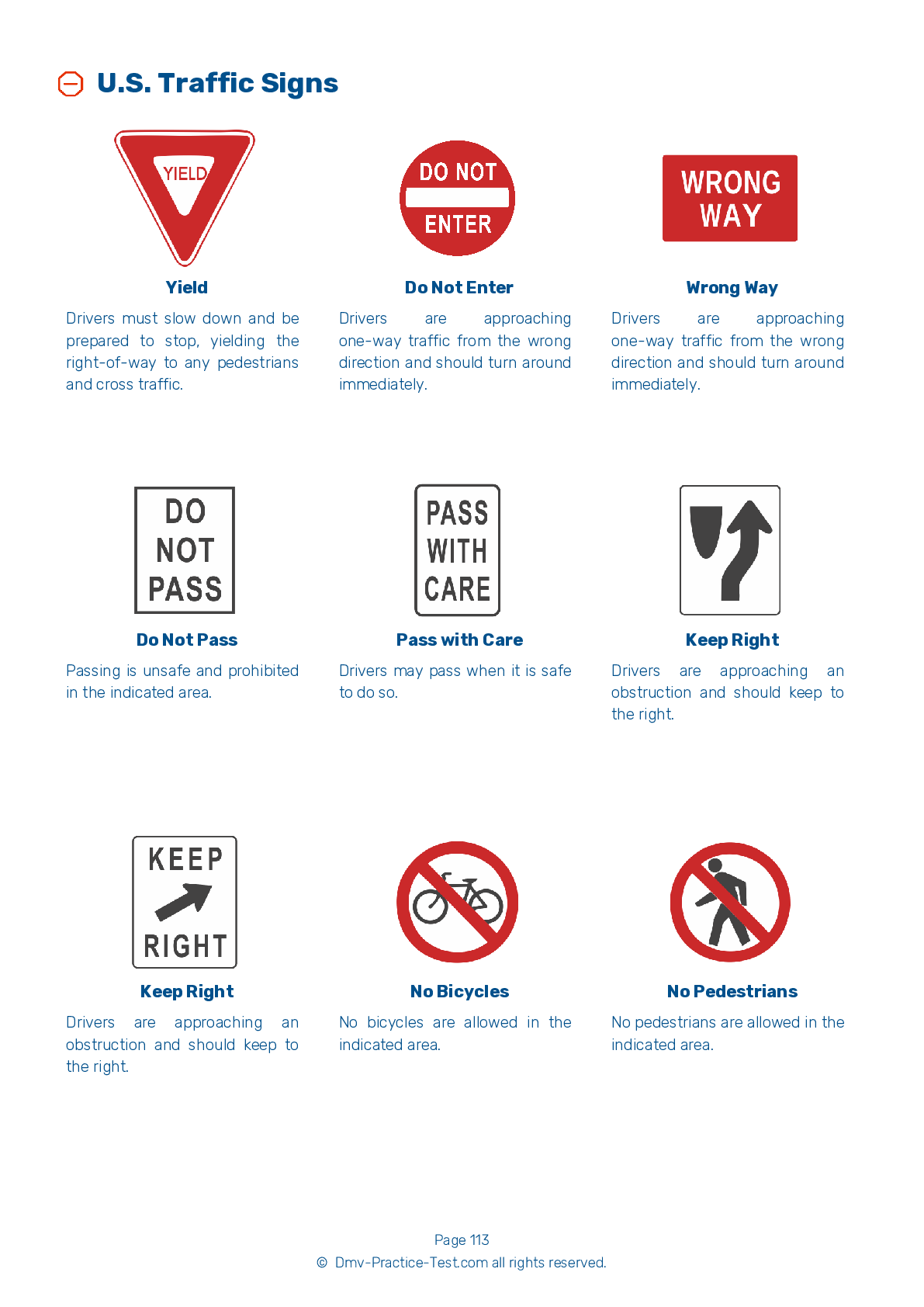Bus Driver Testing | West Virginia 2025 #1 Page 2 of 3
Train for FREE online with our WV bus CDL test. The official exam test consists of several obligatory parts, with all of them checking your knowledge of different blocks of road rules. If you need to obtain a license in West Virginia in 2025, learn how to become a bus driver and then practice as much as possible. Free sample tests published on our website will help you check and improve your knowledge and boost your grades. Please bear in mind that DMV requirements for a bus driver may vary from state to state.
8 . A properly adjusted flat mirror should allow the driver to see:
Properly adjusted flat mirrors on a school bus should allow the driver to see 200 feet behind the bus, the base of each rear wheel, and the sides of the bus.
9 . The overhead inside rearview mirror should be positioned to display:
On a school bus, the overhead inside rearview mirror is used to monitor passenger activity inside the bus. The top portion of the mirror should be positioned to display the top of the bus's rear window. This mirror positioning should allow the driver to see all of the students on the bus, including the heads of the students sitting immediately behind the driver.
10 . If your bus's Anti-Lock Braking System (ABS) stops working:
If its Anti-Lock Braking System (ABS) is not working, a vehicle will still retain its normal braking power. The driver should continue to drive and brake in a normal fashion.
11 . As students exit the bus, the driver should watch students to ensure that:
The driver of a school bus should observe students as they enter or exit the bus to ensure that they are not caught in the door or handrails. It is also important to make sure the students have moved a safe distance away from the unloading area after they have exited the bus.
12 . What should properly adjusted outside side flat mirrors on a school bus allow the driver to see?
When properly adjusted, the outside side flat mirrors on a school bus should allow the driver to see along the sides of the bus; the rear tires touching the ground; and 200 feet behind the bus.
13 . When you are approaching a bus stop, the students on your bus should:
Students on a school bus should remain seated until they are told otherwise. It is unsafe for students to walk around the bus while it is moving.
14 . When entering traffic on an expressway during the skills test, you should:
During the on-road driving skills test, you may be asked to enter an expressway. Before doing so, you must check traffic, use proper signals, and merge smoothly into the proper lane.
See the exact questions that will be on the 2025 West Virginia DMV exam.
99.2% of people who use the cheat sheet pass the FIRST TIME
Lillian MCcranie explains how our CDL study guide was helpful in passing the exam and recommends it to everyone.
Cameron tells us how he purchased the CDL exam, and found it to be a useful tool which helped him pass the exam and find a job.



